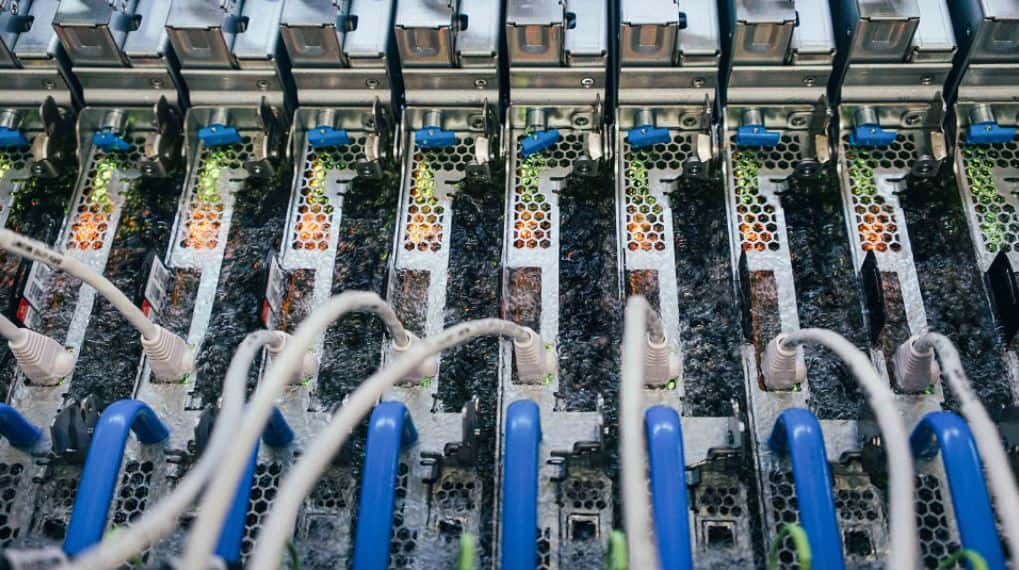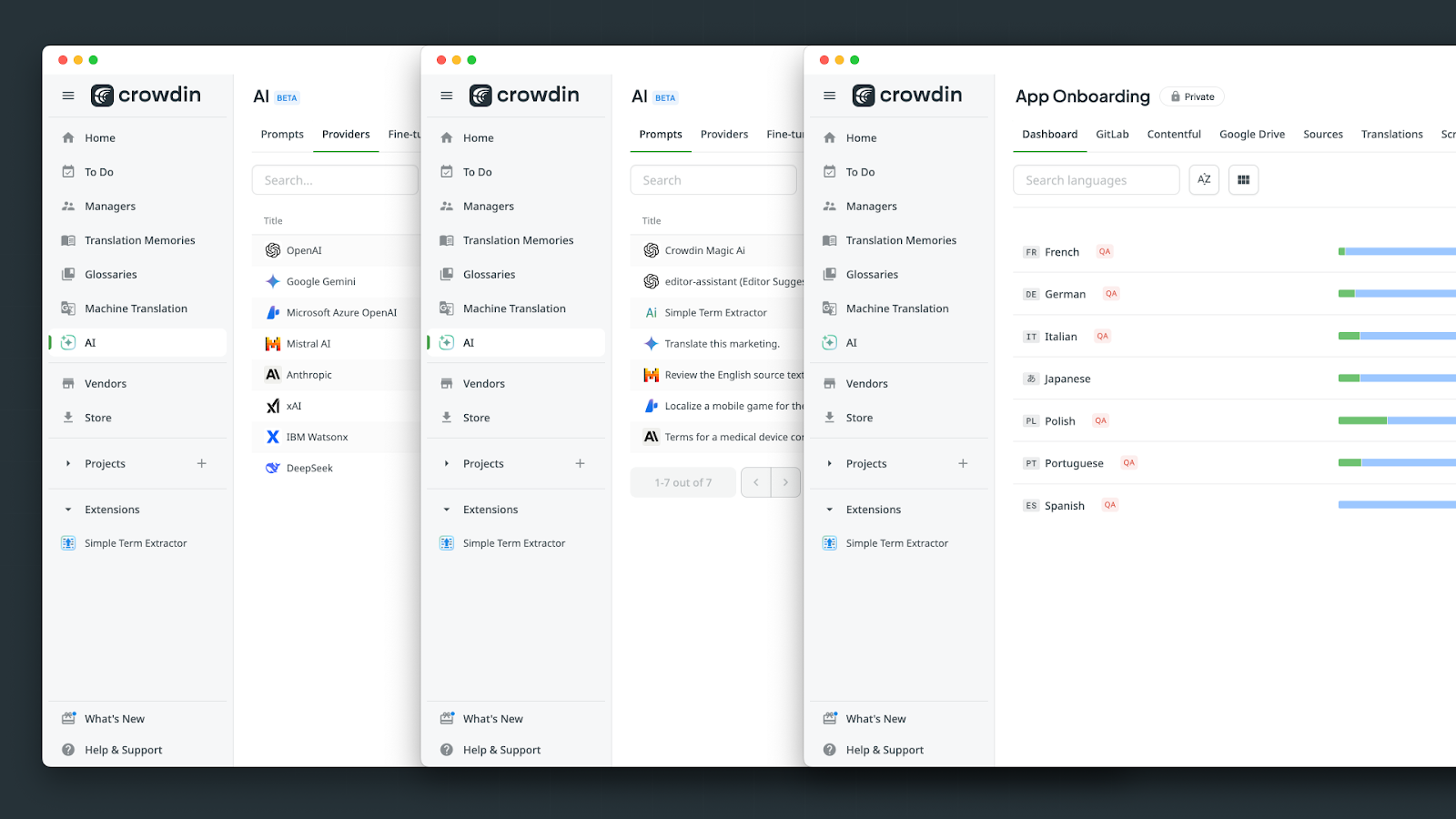Microsoft is cooling datacenter servers with low-temperature boiling liquid
2 min. read
Updated on
Read our disclosure page to find out how can you help MSPoweruser sustain the editorial team Read more

To meet the need for performance, the power requirements of modern CPUs have increased from 150 watts to more than 300 watts. In the case of GPUs, power requirements have increased to more than 700 watts per chip. Because of the more electric power, the chips get hotter than before. To prevent the chips from malfunctioning, a cooling mechanism is necessary. The current air-cooling mechanism is not so efficient.
In order to find a better alternative to air cooling, Microsoft is working on immersion cooling technology for data centers since heat transfer in liquids is orders of magnitude more efficient than air. Microsoft mentioned that it is the first cloud provider to run two-phase immersion cooling in a production environment.
Read about the highlights of this project below:
- Innovation
- Microsoft has built a two-phase immersion cooling tank that is running at its datacenter in Quincy. This shift to two-phase liquid immersion cooling enables increased flexibility for the efficient management of cloud resources.
- Unlike water, the fluid inside the couch-shaped tank is harmless to electronic equipment and engineered to boil at 122 degrees Fahrenheit, which is 90 degrees cooler than the temperature of boiling water. The boiling effect, which is generated by the work the servers are doing, carries away heat from laboring computer processors. The low-temperature boil enables the servers to continuously operate at full power without risk of failure due to overheating.
- Sustainability
- Microsoft’s investigation into two-phase immersion cooling is part of the company’s multi-pronged strategy to make datacenters more sustainable and efficient to build, operate and maintain.
- Liquid cooling is a waterless technology that will aid Microsoft in its commitment to replenish more water than it has consumed by the end of this decade.
- Future Potential
- If the servers in the immersion tank experience the reduced failure rates as anticipated, Microsoft could move to a model where components are not immediately replaced when they fail.
- The ability to densely pack servers in the tank enables a re-envisioned server architecture that’s optimized for low-latency, high-performance applications as well as low-maintenance operation.
Source: Microsoft








User forum
0 messages